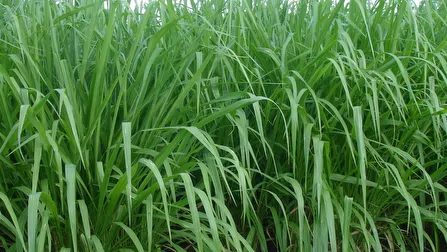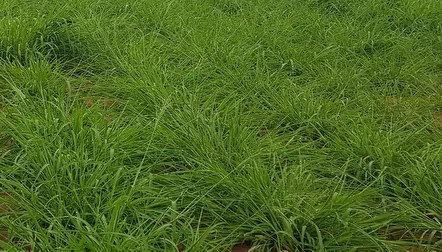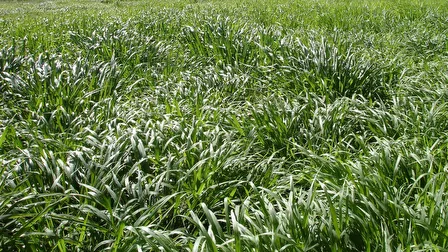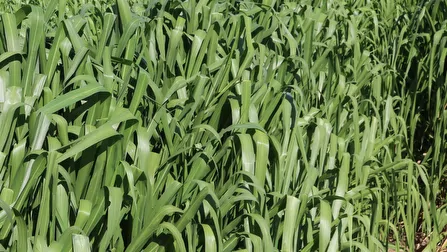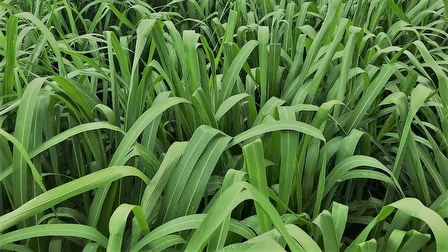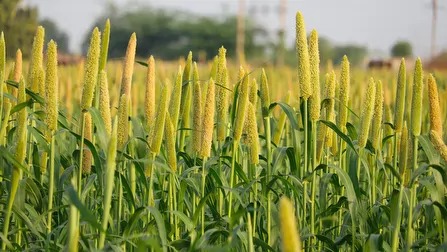Indicação
Panicum de porte médio. É indicado para solos de média fertilidade, para bovinos de cria, recria e engorda e produção leiteira. Pode ser utilizada para equinos, porém acompanhada de suplementação mineral e manejo adequado da pastagem.
Megathyrsus maximus cv. Massai
Panicum maximum cv. Massai
Média a alta fertilidade
Pastejo direto e fenação
15,6 t/ha/ano de matéria seca (M.S.)
8,5 a 12,5%
Perene
Origem
Essa cultivar foi lançado comercialmente pela Embrapa em 2001, é citado como um híbrido espontâneo entre Panicum maximum x Panicum infestum. Foi coletado em Tanzânia/África em 1969.
Características Agronômicas
O Massai é um capim precoce, florescendo e produzindo sementes várias vezes ao ano. Seu florescimento é intenso, rápido e agrupado. Foi avaliada diversas vezes quando a resistência à cigarrinha Notozulia entreriana se mostrou resistente, com baixo nível populacional de adulto e ninfa. Informações: Embrapa CNPGC / Comunicado Técnico COT nº 69 (Nov 2001).
Utilização e Manejo
O Massai é uma Panicum de porte mediano. Tem menor exigência de fertilidade comparado às outras cultivares da família, podendo ser implantado em solos de média fertilidade. É indicado para bovinos de cria, recria e engorda no sistema de pastejo intensivo e rotacionado. É possível a sua utilização por equinos, porém é imprescindível a suplementação mineral adequada para a espécie e o manejo da pastagem. Quando mal manejada e com excesso de talos pode dificultar a digestão dos alimentos, levando a sintomas de cólicas e podendo ocasionar até a morte.
Características Morfológicas
É uma planta que forma touceiras com altura média de 60 cm, com folhas quebradiças, sem cerosidade e largura média de 9 mm.As lâminas apresentam densidade média de pêlos curtos e duros. Os colmos são verdes. As inflorescências apresentam ainda ramificações primárias curtas e nenhuma ramificação secundária. As espiguetas são pilosas, distribuídas uniformemente, com a metade da superfície externa arroxeada. O verticilo é piloso. Informações: Embrapa CNPGC / Comunicado Técnico COT nº 69 (Nov 2001).

